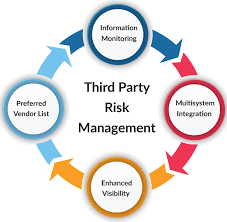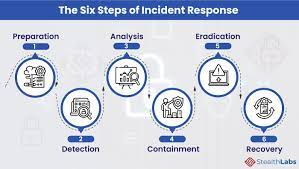The Approach



Know your level of third-party risk.
More than half of all security breaches result from third-party vendors hired by your organization. So it’s critical that you identify the vendors working for you and determine the level of risk they bring. The easiest way to do this is by using vendor risk management software. Our VRM services help you to pinpoint the vendors that present the most risk to your organization—equally evaluating all third-party vendors and bringing your weakest links to the surface. Armed with a standardized, risk-based scoring methodology coupled with a built-in remediation plan, CIMS will work to assist your vendors in correcting any security issues that arise in order to protect their organization and yours.


Step 1: Inventory
Organizations can’t adequately determine their vendor risk without knowing who ALL of their vendors are. Building an inventory is a key first step.
Step 2: Classification
Step 2: Classification
Once organizations know who their vendors are, it’s important to classify them. Categorize the impact a vendor’s risk has on you so you can prioritize better.
Step 3: Assessment
Once you understand who your high-risk and medium-risk vendors are, quantifying the risk that comes along with that vendor becomes crucial.
Step 4: Risk Treatment
So you know all your vendors and the risk they pose. How do you want to handle it? Agree upon remediation efforts to help mitigate risk.
Employees are the greatest security risk any company can have. It takes just one employee
Read MoreIncident response is an organized approach to rapidly responding to the aftermath of a security
Read MoreOne of the most critical areas of risk is technical vulnerabilities. Unpatched operating systems, third-party
Read More